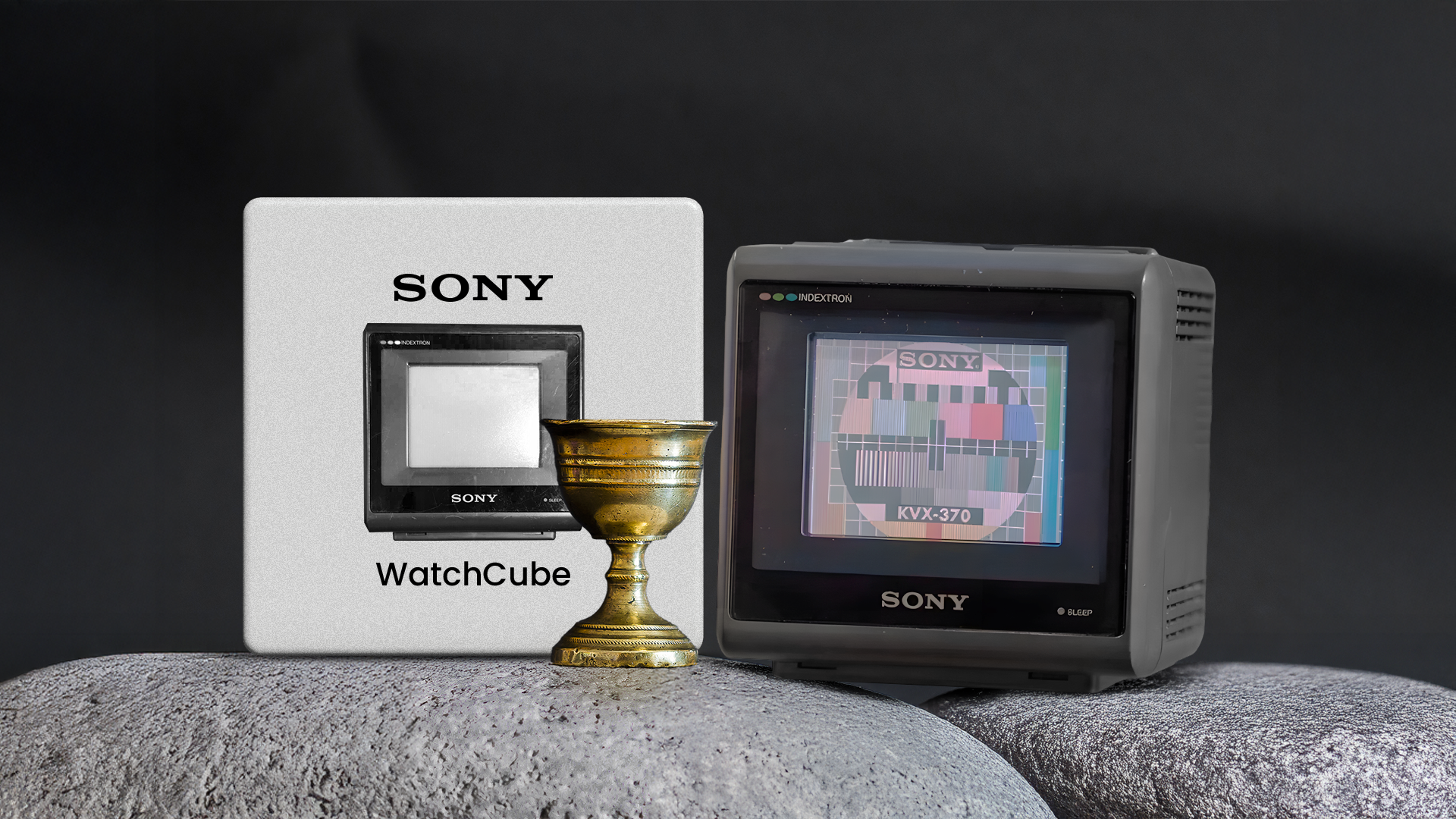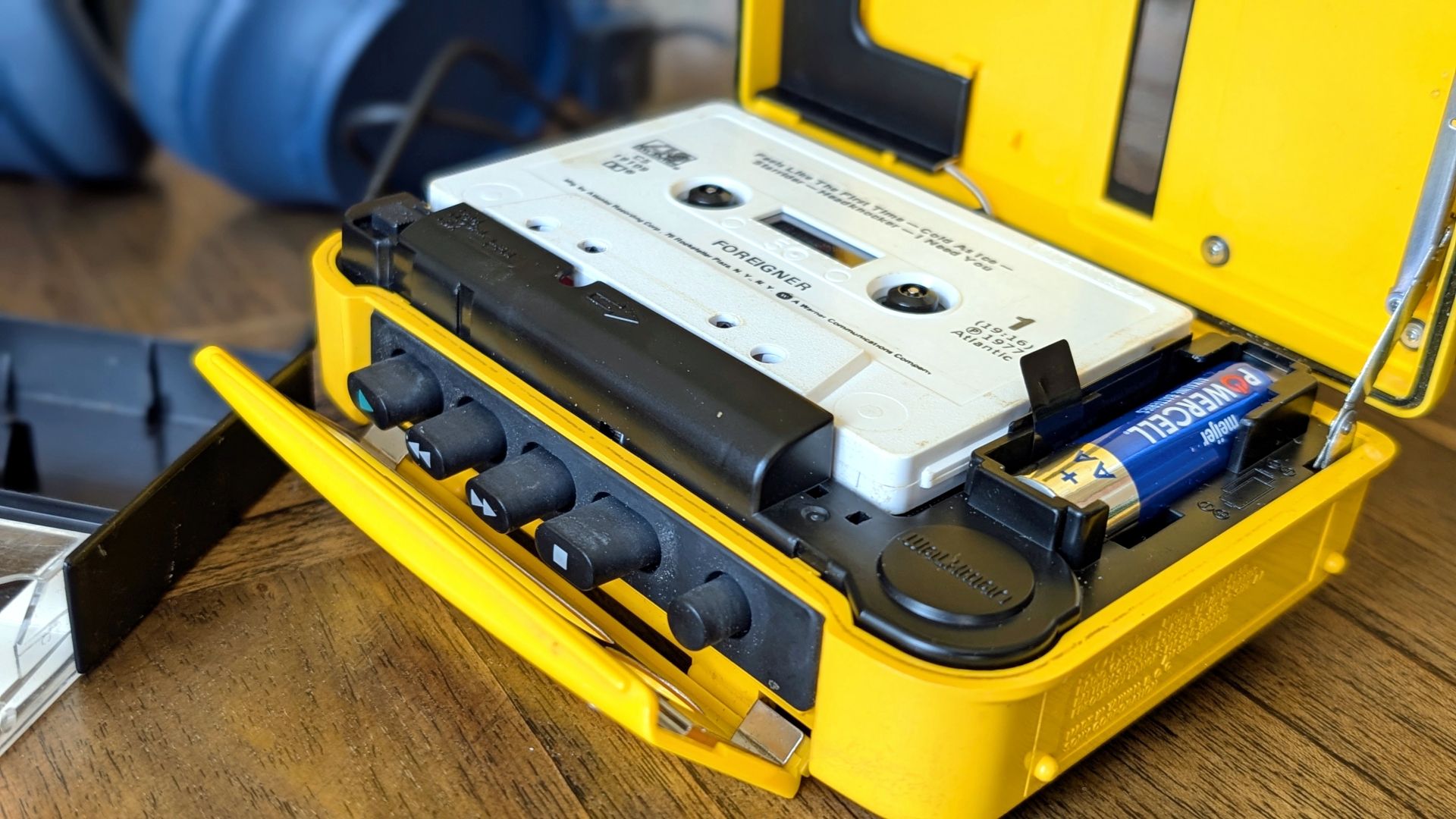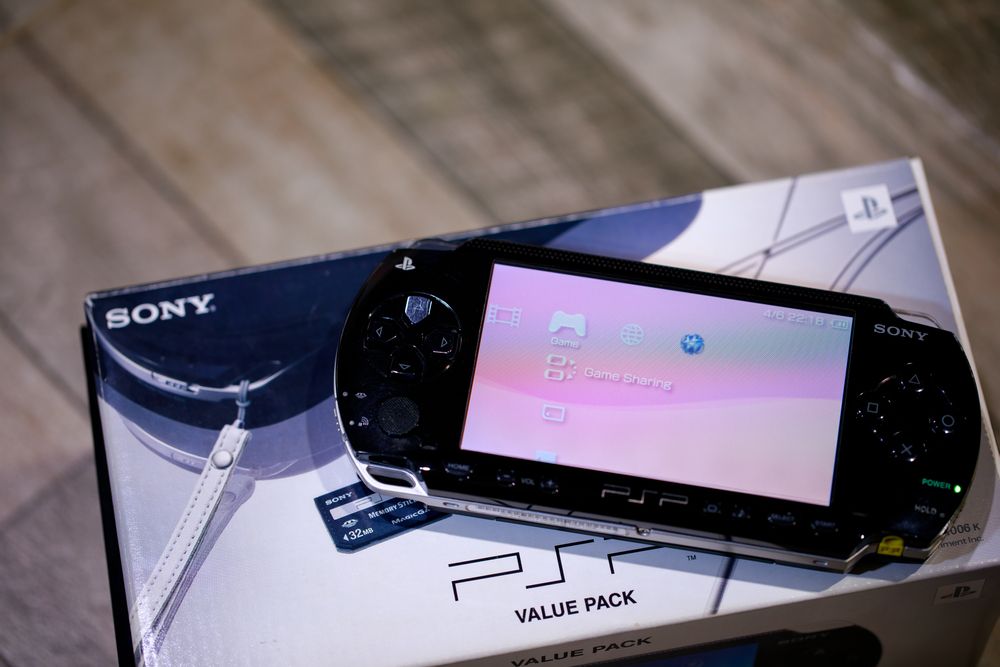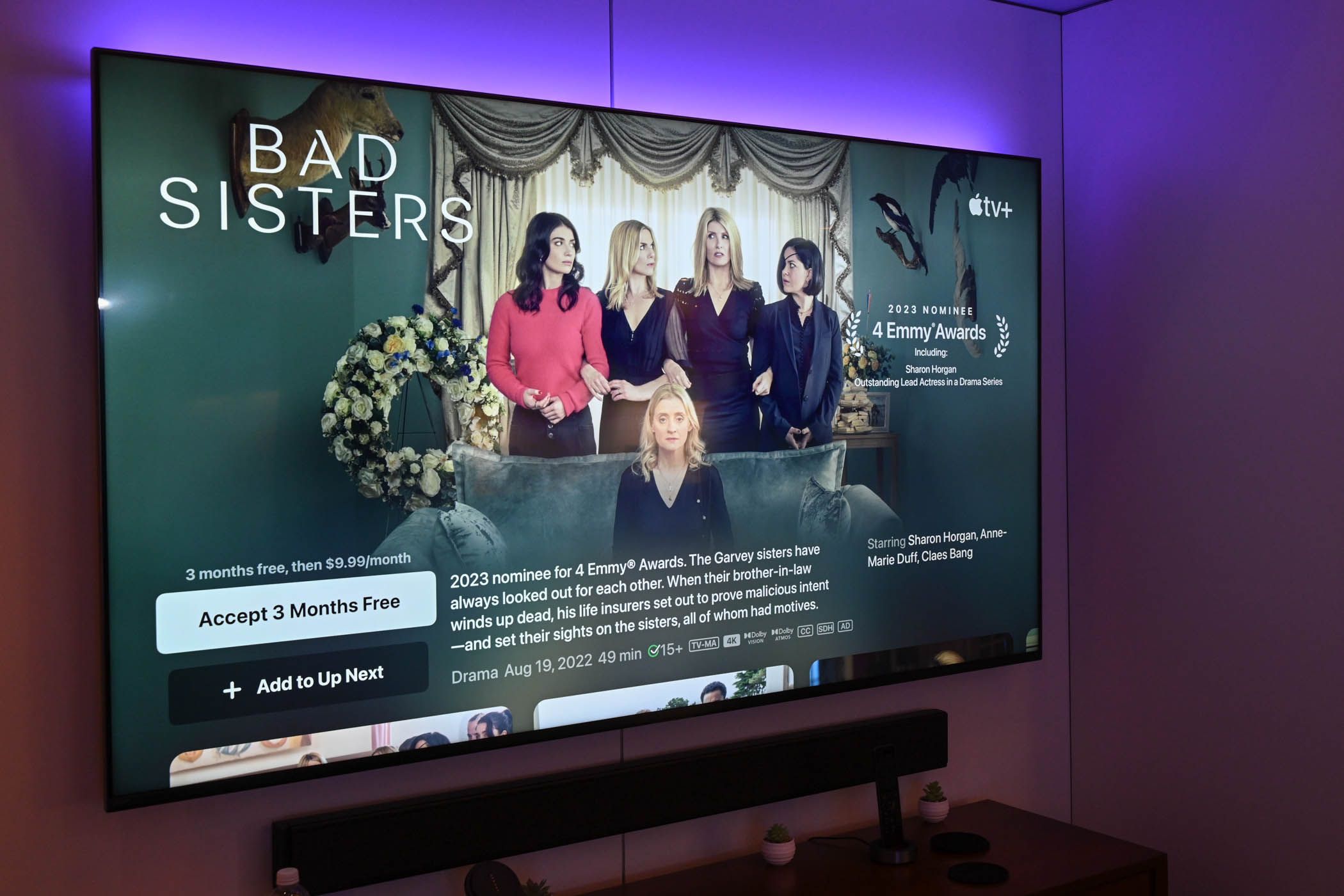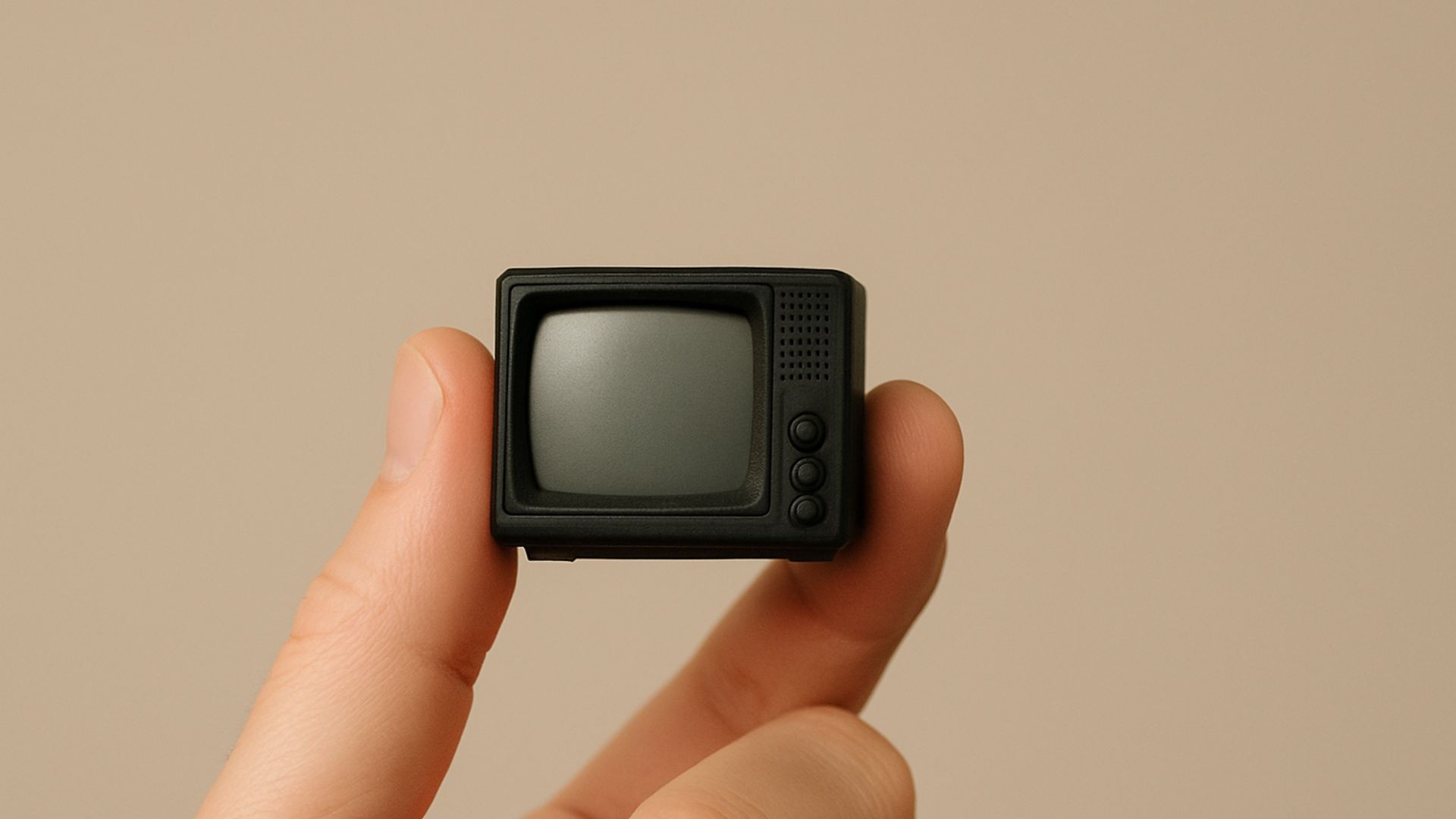As someone who lived through the fastest-shrinking period for technology in history, I love things getting smaller. Our first computer at home took up a whole desk, which I believe is why they called it a “desktop.” Now, I have a tiny supercomputer in my pocket, which I use to doomscroll nonsensical Instagram videos at 4am.
I do love having small and compact stuff. I swapped desktop towers for mini-ITX computers, and laptops. I loved PDA’s back in the day, and portable DVD players. I have a crippling addiction to handheld consoles too, so when I saw these tiny TVs from Sony’s historical catalog, I was immediately enamored.
Sony Has Always Been the Mini-TV King
Today, Sony has limited itself to producing only higher-end televisions and has effectively ceded the mass market to companies like Samsung, LG, and now Hisense and TCL.
However, during the latter half of the 20th century, Sony was at the top of the pile for TVs at every price bracket. Its Trinitron CRT technology won awards, and divided the TV world into Trinitron tubes and the rest.
This included the engineering marvel that is crafting tiny CRT TVs. Shrinking those huge, heavy glass and lead screens down into something you can put in your pocket, or in your carry-on luggage. For me, the pinnacle of this was the KVX-370, which is a 3.7-inch full-color screen that can sit on the palm of your hand. Well, OK any CRT TV can stand on the palm of your hand, but in this case you’d survive it.
The Watchman Series Was Meant to Be a Walkman for Video
The Watchman series of pocketable TV were obviously named in line with arguably Sony’s most successful product—the Walkman. This portable tape deck absolutely transformed how we consume music, and had a profound effect on public life.
It might be hard to imagine in a world of iPods, and then later everyone having a smartphone, a set of headphones, and access to all the music in the world, all the time. However, Sony freed music from cars, homes, and theaters and made it highly-personal. The Watchman was meant to do the same thing for TV.
There Were Dozens Watchman Models
The Watchman products never reached anywhere near the level of success the Walkman did (obviously) but they stuck around for much longer than I expected, and there were a lot of them.
The FD-210, the first Watchman model, housed a 5cm (2-inch) black-and-white CRT display and weighed just under a pound. That’s hefty by modern standards, but astonishingly compact for the early 80s. Sony kept pushing these boundaries throughout the 80s and early 90s, squeezing every drop of performance out of what we’d now consider vintage tech.
In all, there were apparently more than 65 Watchman models, though I can’t find a definitive list and the differences between some models were truly negligible. There was a Sport Watchman, which aped the design and colors of the Sport Walkman. The MEGA Watchman was more like the KVX, with a little handle so you could lug it around. So there was quite a diverse range of form factors.
The first color LCD Watchman, the FDL-330S, was introduced in 1988, but Sony kept making monochrome CRT models in parallel for a while, up to 1994.
The Last Watchman Rolled Out in the Year 2000
By the year 2000, the production of Watchman TVs had ended, and while existing customers would have years more use out of them, the analog broadcasts that these TVs could receive almost entirely ended in June of 2009, when the USA switched to digital terrestrial TV. A handful of larger Watchman models included video inputs, but most portable ones were strictly TV-only devices. So you could hook up a VCR, console, or other compatible device, but that’s not really practical for portability.
Portable DVD players like the Panasonic’s DVD-L10 were already on the market in the late 90s, and during the 2000s devices like these would change how people took entertainment with them. So the demand for a pocket analogue TV wasn’t really there anymore.
The PSP Had Watchman DNA
I bought a Sony PSP in 2005 virtually on launch day in my country, and it’s hard to explain to someone who wasn’t there just how revolutionary this device was. It was basically like having a flatscreen home entertainment system in your pocket. Sony didn’t just want to make a gaming handheld like Nintendo, but a complete entertainment package.
So, the PSP could play back video files, movies from UMD discs, and music. You could even look at photos. This is years before the advent of modern smartphones. At the time, my little Samsung fliphone could take grainy 320×240 stills and had “polyphonic” ringtones. The PSP was like technology from the future in comparison.
At that time I’d never heard of a Watchman, nor seen one in real life, but if I had, the PSP would have looked more like a logical progression of Sony’s vision of portable entertainment than the sudden arrival of space technology.
Now, Everyone Has a Pocked “TV”
Today, thanks to smartphones, everyone effectively has a TV in their pocket, along with every other type of device that used to be a big separate machine you sometimes dedicated a whole room to.
It just goes to show that Sony was consistently ahead of the curve, which makes it sad and ironic that it failed in the smartphone market, the digital music market, and is much diminished in the TV market. Sony showed us the promised land for decades, but ultimately wasn’t allowed to go there itself.


